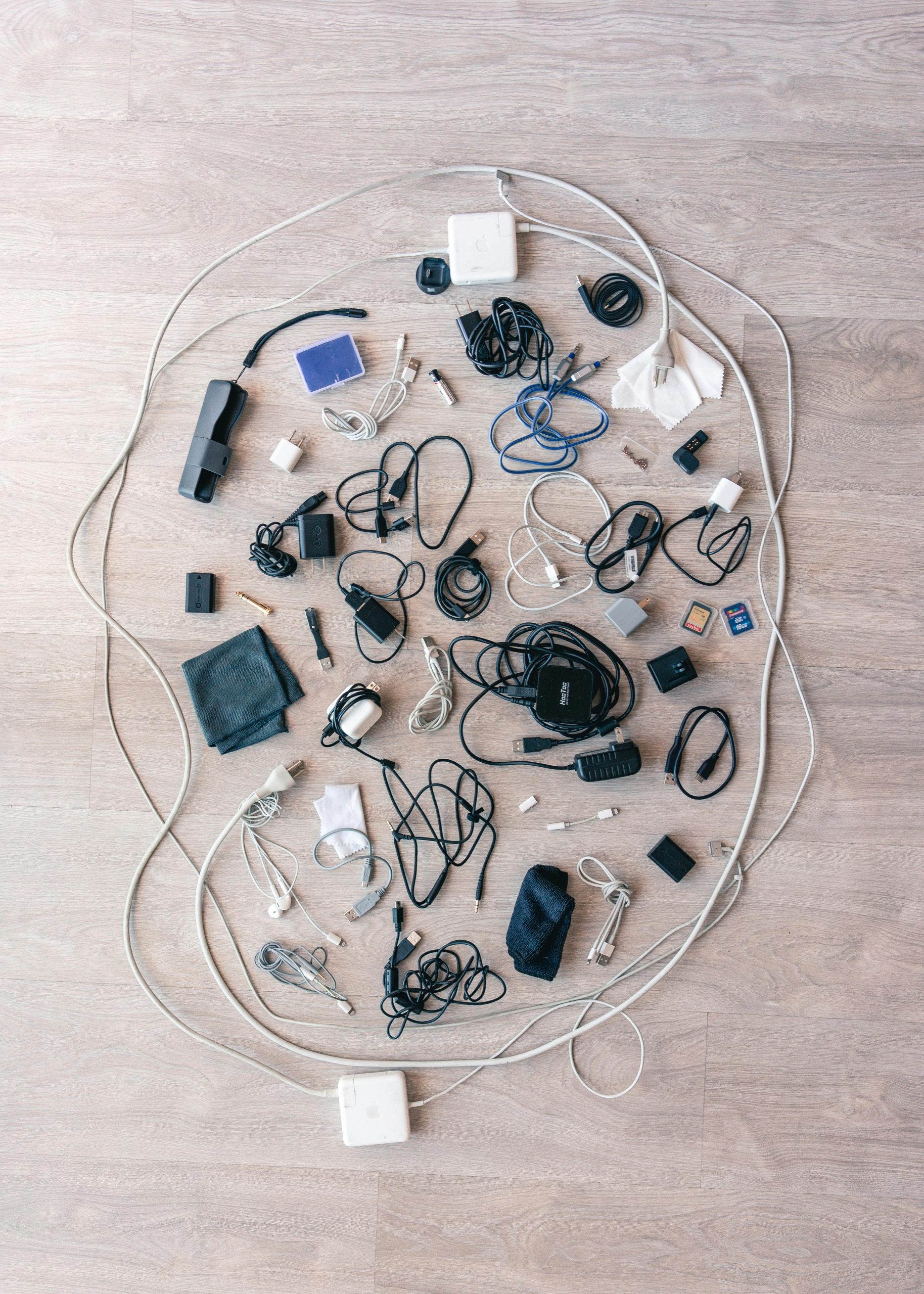Understanding Compatibility: Do You Need an Adapter to Connect Your HDMI Capture Card to Your Laptop?
When setting up a video capture system, one common concern is ensuring compatibility between your hardware components. Specifically, users often ask whether they need additional adapters to connect their HDMI capture card to their laptops. This article aims to clarify this process and guide you through the necessary steps for a successful connection.
The Scenario
Suppose you own a BlueAVS HDMI capture card designed for direct connection to a Windows laptop. The device outputs via USB 2.0, which is essential for data transfer and video capture. However, your laptop only features a headphone/mic combo jack and a USB-C port. This situation raises the question: will you need an adapter, and if so, what type?
Understanding the Hardware
BlueAVS HDMI Capture Card
- Connection Interface: USB 2.0 Type-A port
- Purpose: Capture HDMI video signals for streaming or recording
Your Laptop
- Available Ports: Headphone/mic combo jack, USB-C port
- Operating System: Windows (version unspecified, but generally compatible with common peripherals)
Do You Need an Adapter?
Yes, Likely. Since your capture card connects via USB 2.0 Type-A, and your laptop lacks a USB-A port, you’ll need an appropriate adapter or cable to bridge the connection.
Selecting the Right Adapter
-
USB-C to USB-A Adapter
-
Purpose: Enables you to connect a standard USB-A device (your capture card) to a USB-C port
- Type: Ensure it supports USB 2.0 speeds to avoid issues
-
Compatibility: Check that the adapter explicitly states compatibility with USB 2.0 devices
-
USB-C Hub/Dock
-
Purpose: Provides multiple ports, including USB-A, along with other connections
- Benefit: Useful if you plan to connect additional peripherals
Will the Capture Card Still Work?
In general, if you use a compatible and functional USB-C to USB-A adapter, your HDMI capture card should operate normally. However, it’s crucial to verify:
- Power Support: Ensure the adapter provides sufficient power if needed
- Data Transfer Speed: Confirm the adapter supports at least USB 2.0 standards
- Driver Compatibility: Windows should automatically recognize the capture card once connected, but installing any necessary drivers recommended
Share this content:



